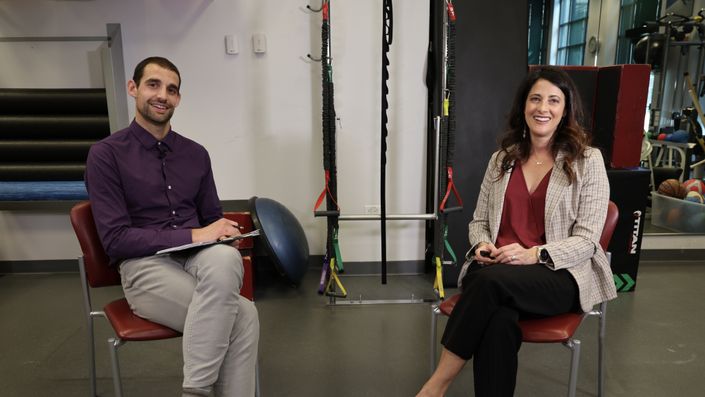Introduction
The Spinal Manual Therapy Masterclass, taught by Bryce Zaffarano and Dr Amy McDevitt provides a complete overview of Spine Manual Therapy. This executive summary provides clinically relevant, actionable information that may be useful to health professionals.
Part 1 - Introduction to Manual Therapy
Manual therapy uses precise passive techniques for joints and soft tissues within a biopsychosocial framework. It values individual goals, integrates movement-based strategies, and draws on both physical and contextual effects. Factors like patient expectations and goal-setting contribute to outcomes. Clear communication and consent foster a strong therapeutic relationship.
- Clarify the patient's key functional goals.
- Collaborate on treatment choices to encourage engagement.
- Provide clear explanations and gain consent before intervention.
- Account for environmental and psychological influences on treatment response.
Part 2 - Lumbar Spine
Manual therapy is recommended for acute, subacute and chronic low back pain across various presentations. Techniques should be chosen based on patient presentation, preferences and safety considerations. Both thrust and non-thrust methods are effective when paired with exercise. While treating low back pain is challenging, the risks are generally low and benefits can be meaningful.
- Select techniques that match the patient’s condition, goals and comfort.
- Integrate manual therapy with a personalised home exercise program.
- Screen thoroughly for contraindications before starting treatment.
Masterclass Preview
Enjoy this free preview of Ian demonstrating stress tests for finger injuries.

Part 3 - Thoracic Spine
Thoracic spine dysfunction can contribute to neck and shoulder pain. A comprehensive assessment goes beyond the painful area, observing whole-body movement to identify contributing factors. Manual therapy, including thrust and non-thrust techniques, can reduce symptoms. As with exercise, hands-on techniques should be progressed gradually, with clear consent and patient comfort prioritised.
- Incorporate thoracic manual therapy to complement local treatment strategies.
- Progress manual techniques in line with symptom improvement and functional goals.
- Communicate clearly and obtain consent, especially when techniques involve close body contact.
Part 4 - Cervical Spine
Cervical spine treatment can address both local discomfort and symptoms in related areas. Careful questioning is key, especially when screening for vascular concerns. Manual techniques should be carefully controlled and adapted to the patient’s tolerance. Lasting improvement is more likely when physical interventions are paired with purposeful movement training.
- Apply cervical techniques with precision and control, adjusting to patient response.
- Encourage feedback throughout to refine your approach.
- Support recovery by introducing movement strategies that promote long-term change.



